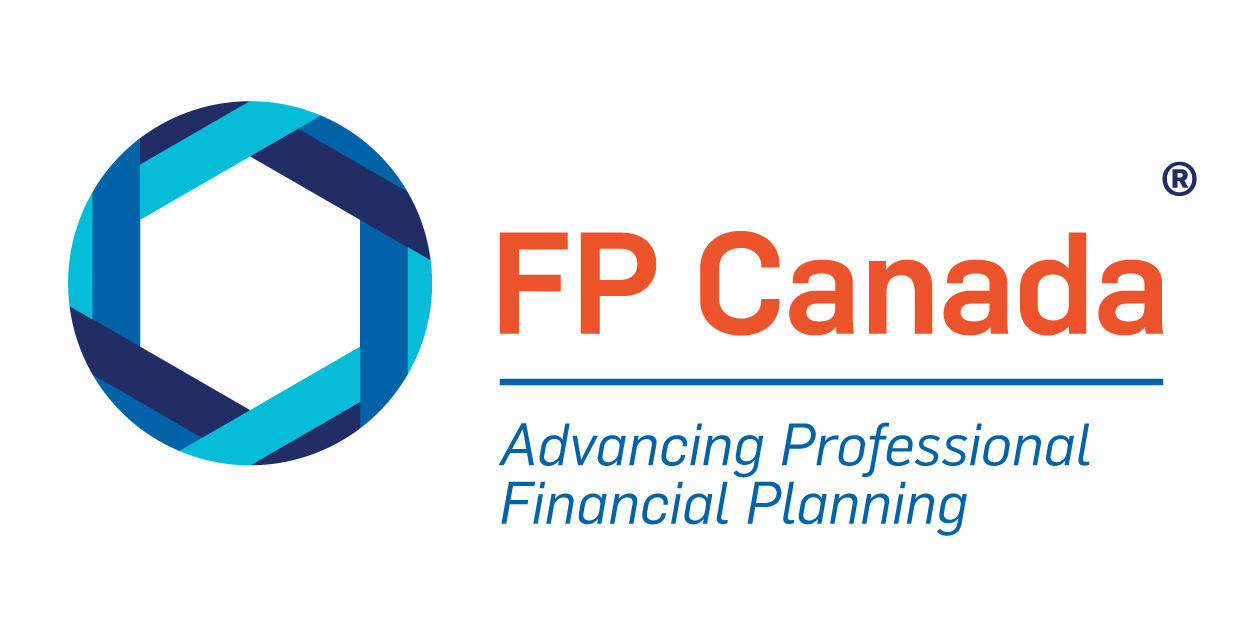Understanding interest rates can help you better manage your finances.
What is Interest?
Interest is the cost of borrowing money. There’s an interest rate attached to your repayments on the money you borrow, which can include student loans, mortgages, or credit cards. Unless you pay the loan amount in full immediately, you must pay a portion of the borrowed money as interest on top of the original amount you borrowed.
National interest rates are set by the Bank of Canada (BoC) and are influenced by factors like inflation, economic conditions, and policy changes. Your bank then adjusts its interest rates based on the BoC’s rate, which affects the interest you encounter with regard to loans, credit cards, bank accounts, etc. The price of borrowing money goes up when interest rates increase and when rates decline, borrowing money becomes cheaper.
On the other hand, as a lender, you earn interest as income on your money that’s saved or invested. While it may not seem like it, you’re lending money to financial institutions by keeping your money in the bank or investing it. For lenders, interest is compensation for loaning money to others. Interest can be a passive source of income, which means it’s a type of income that requires little or no time or effort from you. This is why many banks offer high-interest-rate savings for anyone interested in earning passive income by choosing to invest their savings.
What are High Interest Rates?
When interest rates are high, so is the cost of borrowing money. In other words, you’ll be paying more interest on top of your initial loan, which could lead to higher monthly payments for your credit card and other debts. In high-interest rate environments, you may have less flexibility in your monthly budget. You may have to pay off your debts before spending money elsewhere to avoid paying higher interest on them. However, you can use these environments to your advantage. The interest paid to you by your financial institution for your savings will increase since you’ll be lending to them at a higher interest rate.
What are Low Interest Rates?
When interest rates are low, the cost of borrowing money is lower, which leads to more spending money in your pocket. Lower interest rates can have a positive effect on the real estate market as mortgage payments will decrease and potential homeowners may look to purchase. Overall, it’ll be easier to consider bigger purchases when interest rates are low as you’ll pay less interest on the associated loans. However, when interest rates stay low for a long time, you won’t see a great return on the money in your savings accounts.
How to Approach Interest Rates
Staying informed about interest rate cuts and hikes will help you adjust your finances to make the most of your money. Below are some tips to set you up for success in any interest rate environment:
- Prioritize paying down high-interest debts and be cautious about taking on new debt.
- Build at least six months’ worth of emergency funds to carry you through quickly changing interest rates.
- Consider moving some of your cash savings to high-interest savings or a short-term cashable Guaranteed Investment Certificate (GIC). A CFP® professional or QAFP® professional can help you determine whether this is the right course of action for you based on your unique financial circumstances.
Interested in Learning More?
Knowing how interest affects your money and acting accordingly can have a meaningful impact on your financial well-being. Discussing your financial goals with a CFP professional or QAFP professional can help you understand how to effectively pay down debt and successfully manage any interest rate environment.
To find a CFP professional or QAFP professional near you, use the Find Your Planner tool.
Ready to Learn More About Financial Planning?
Start with the basics to begin building on your financial planning knowledge!
Get Started

Alim Dhanji, CFP, is a Senior Financial Planner at Assante Financial Management Ltd. in Vancouver.

 Find Your Financial Planner
Find Your Financial Planner



